Moscow exhibition depicts horrors of Hiroshima and Nagasaki
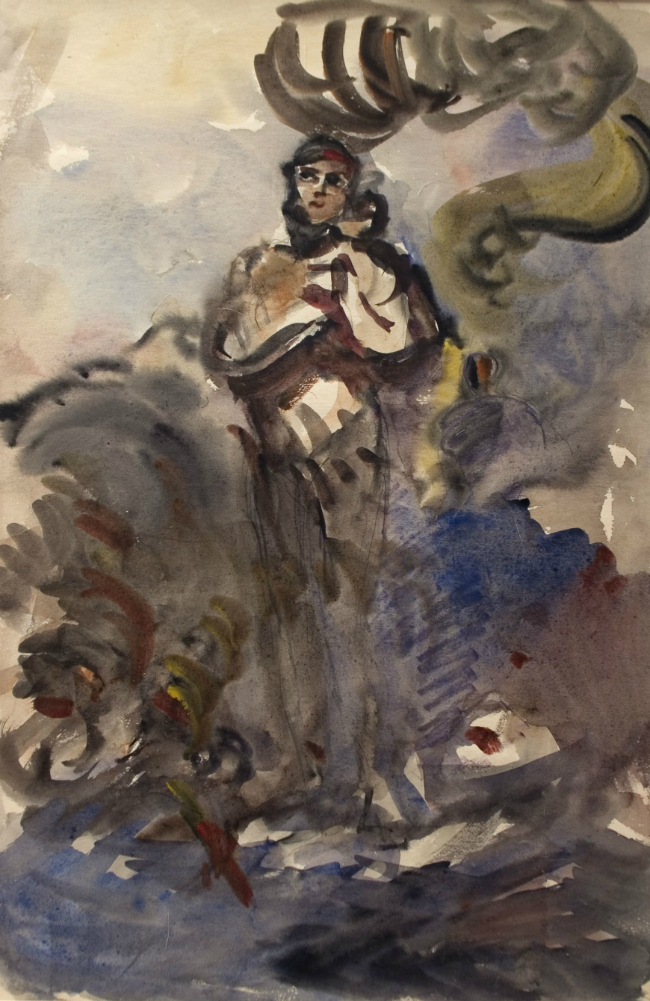
In the 1950s, Soviet artist Alexander Labas, a former student of Russian avant-garde artist Kazimir Malevich and legendary abstract art painter Wassily Kandinsky, began working on a series of watercolor paintings to depict the aftermath of the nuclear bombing of Hiroshima and Nagasaki.
Press Photo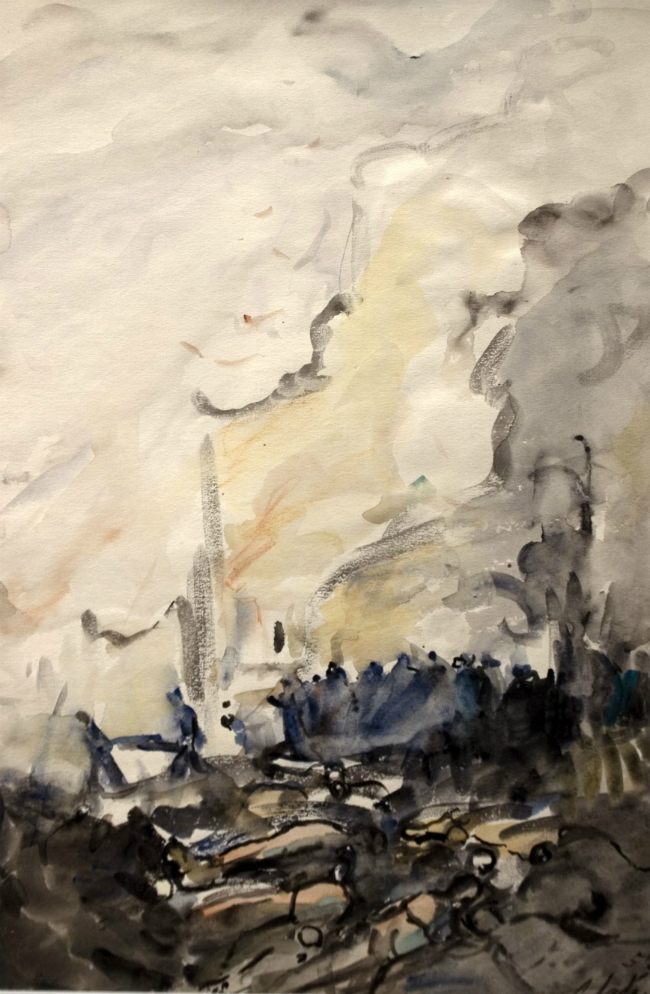
The exhibition, organized by Alice Labas, the granddaughter of the Soviet artist, also features 23 watercolor paintings that were never displayed in public before.
Press Photo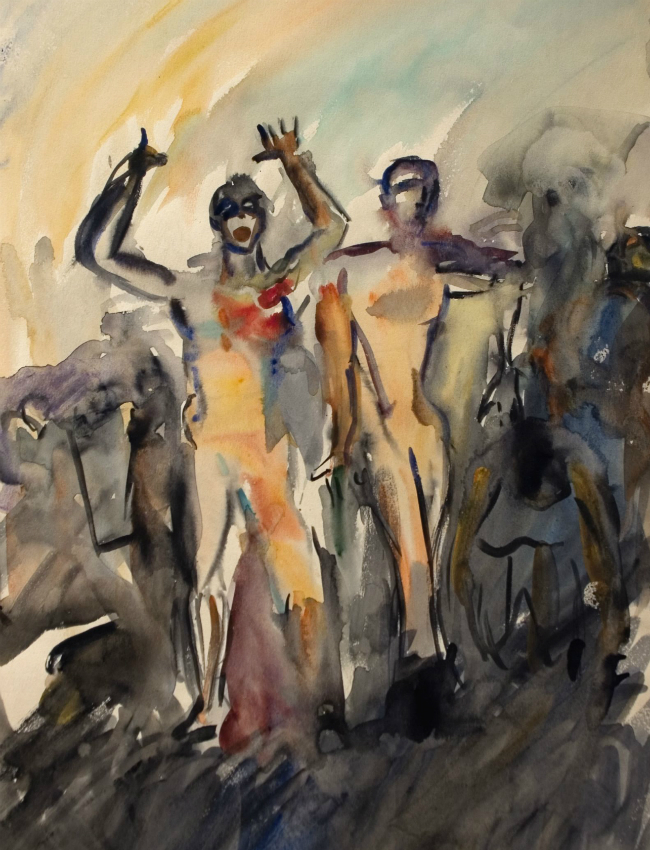
The artwork was first exhibited at the 6th World Festival of Youth and Students that was held in Moscow in 1957.
Press photo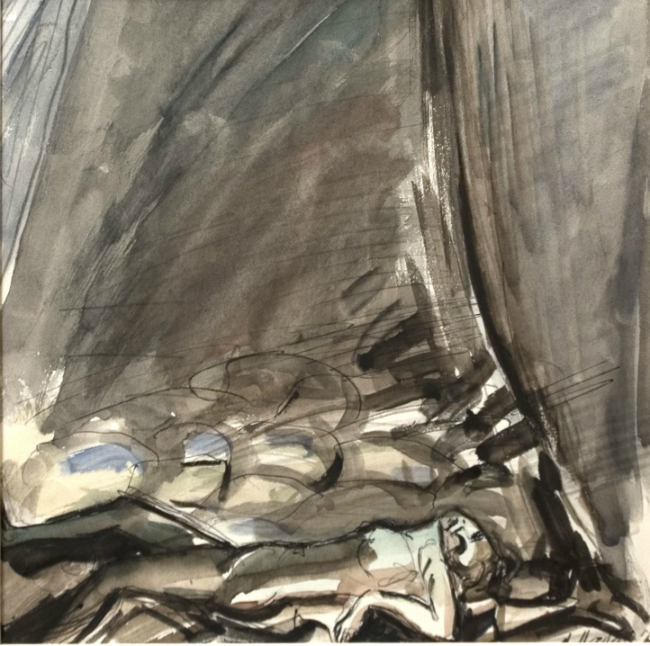
“The Soviet government did not order this series (every Soviet artist was a member of an art union, which officially got orders from the government),” says Alice Labas. “He never thought these works would be on public display. He started working on the paintings in 1957, and after almost 15 years, returned to the studio to finish the series.”
Press Photo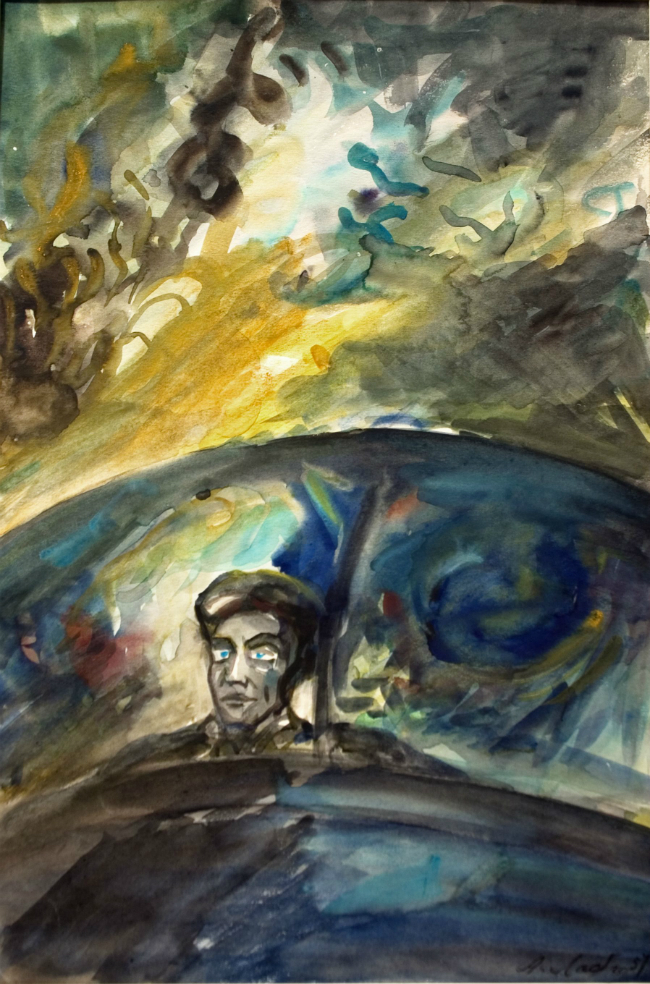
The ‘Echoes of Hiroshima’ series focuses on the aftereffects of the U.S. atomic bombing of the two cities.
Press Photo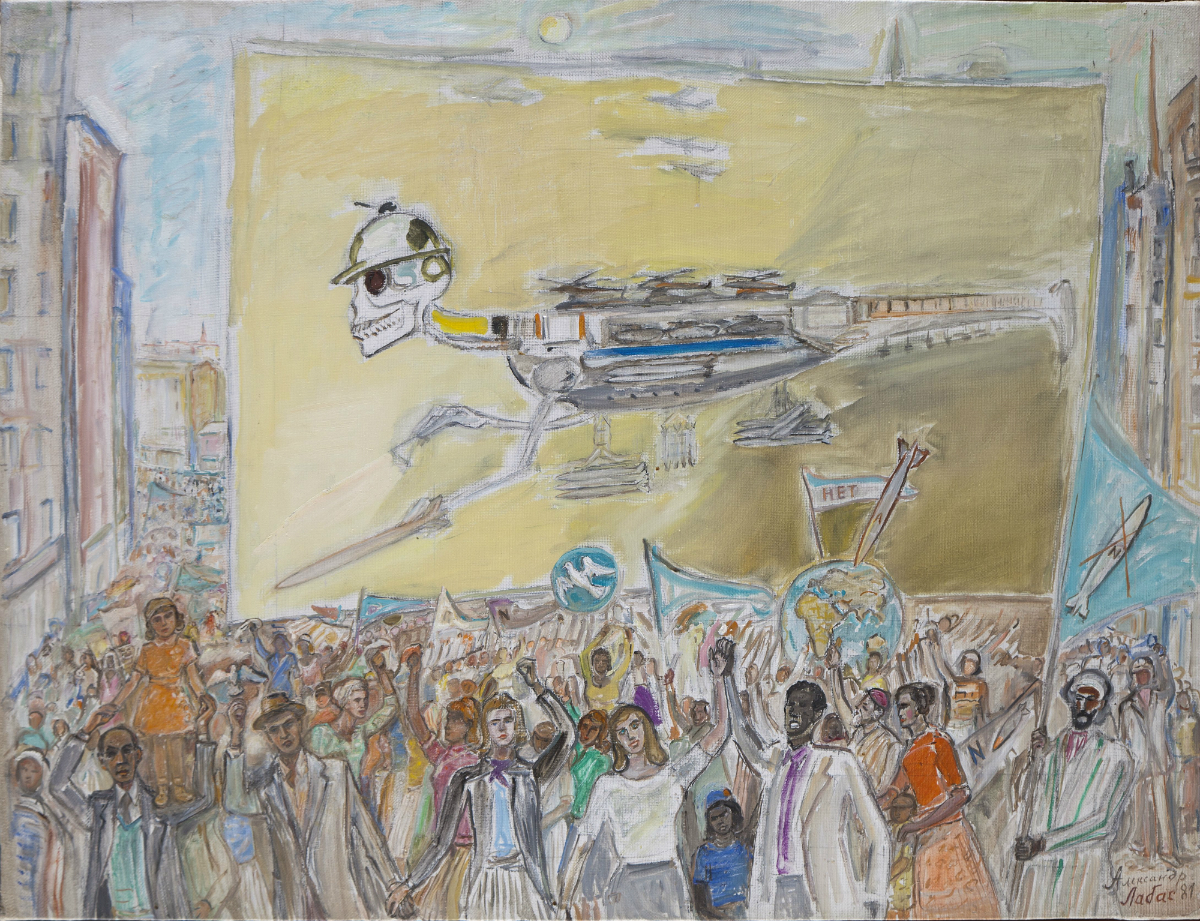
The Russian artist’s paintings serve as a grim reminder of the destructive power of nuclear weapons.
Press Photo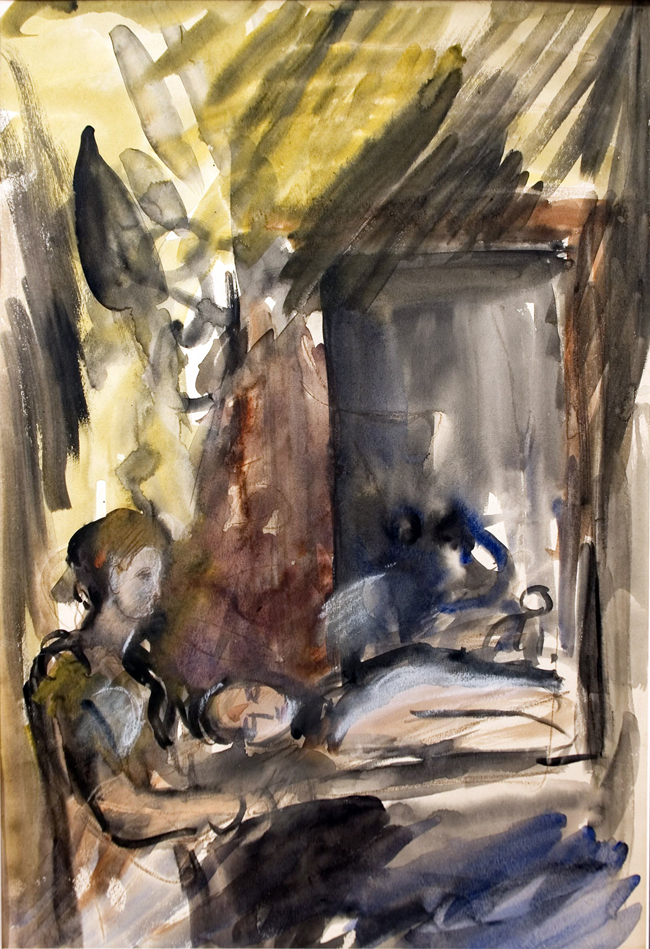
The paintings depict the trauma suffered by survivors and illnesses caused by radiation.
Press Photo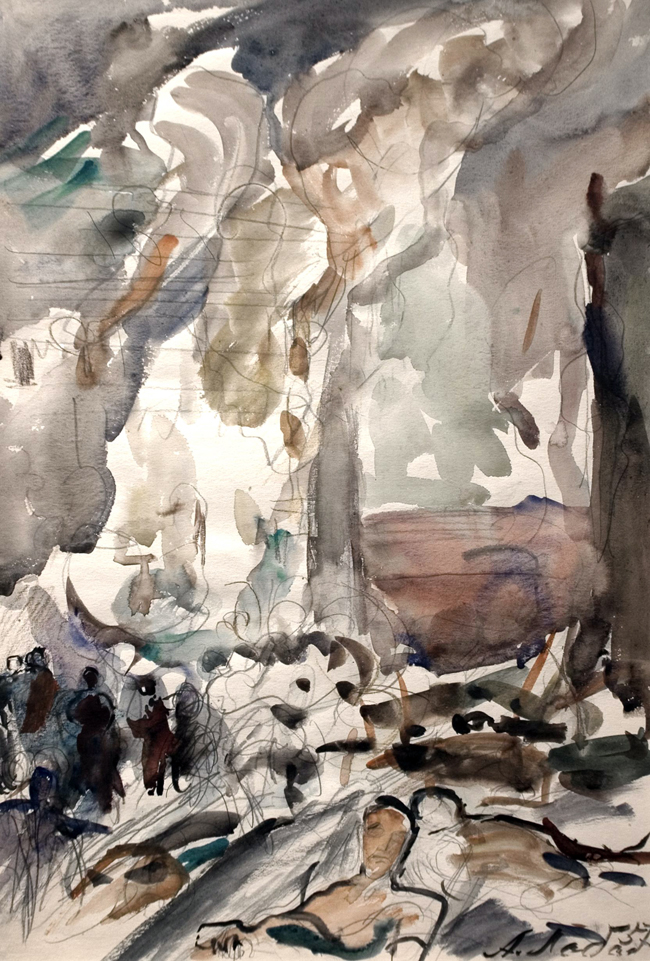
“The artist was a participant in the defense of Moscow. He knew exactly what the air bombardment of a city means,” says Mlada Homutova, curator of the exhibition.
Press PhotoSubscribe
to our newsletter!
Get the week's best stories straight to your inbox